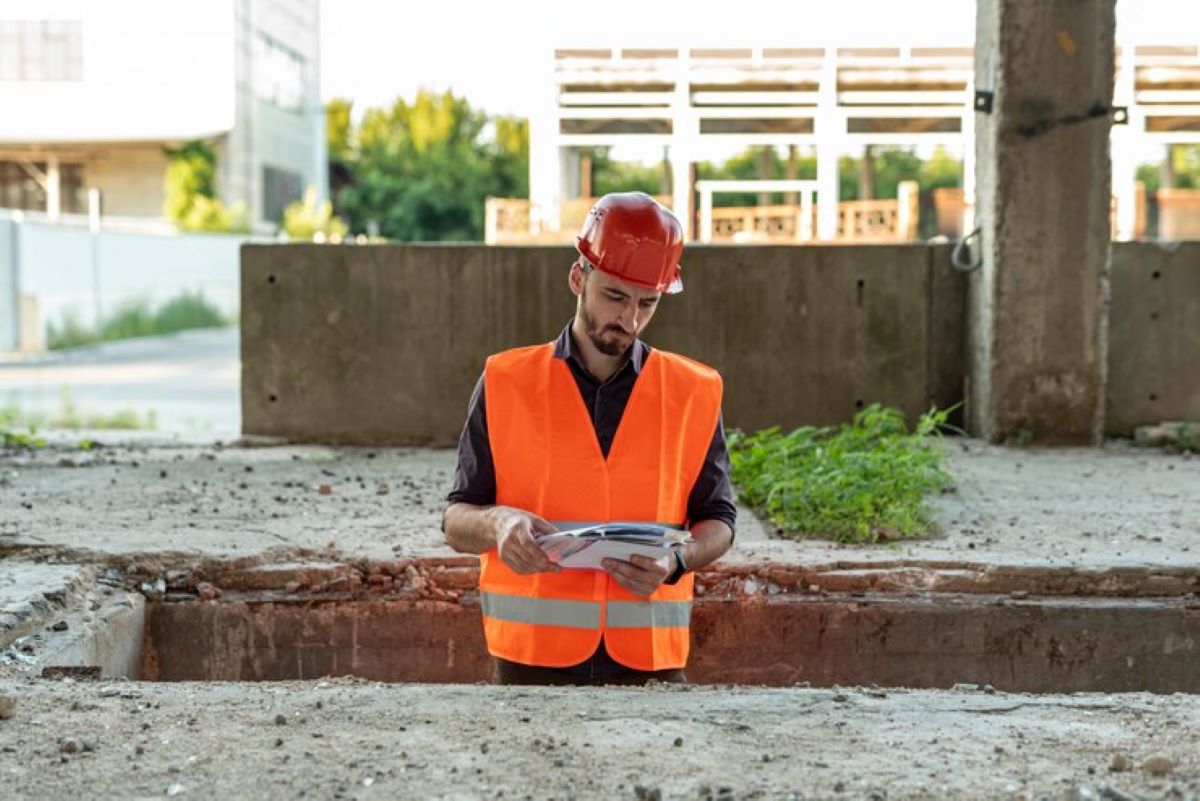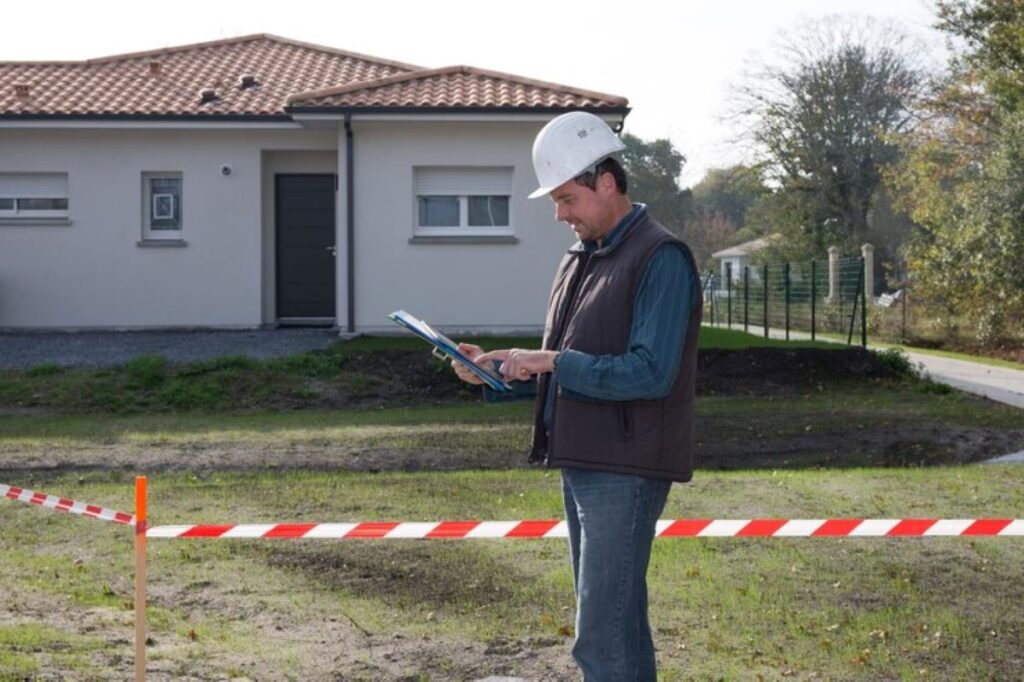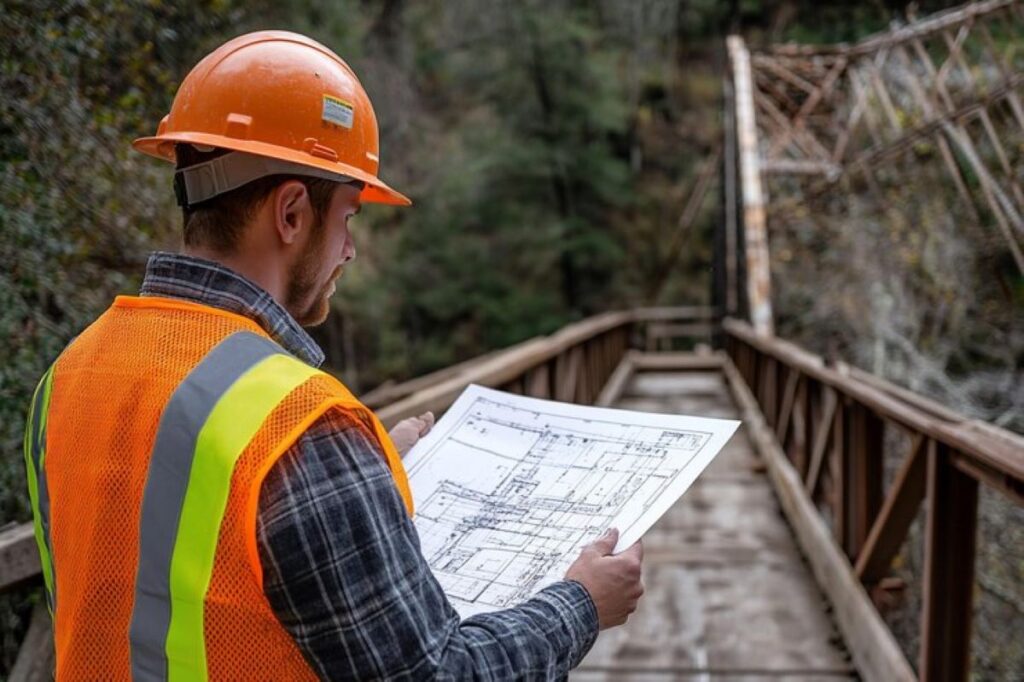Why a Boundary Identification Survey Protects Your Investment
In the realm of property ownership, understanding the precise boundaries of your land is paramount. A boundary identification survey serves as a crucial tool that not only delineates property lines but also safeguards your investment. This article delves into the significance of such surveys, exploring how they can protect property owners from potential disputes and enhance the value of their investments.
Understanding Boundary Identification Surveys
A boundary identification survey is a detailed examination of a property’s boundaries, conducted by licensed surveyors. This survey involves measuring and marking the precise limits of a parcel of land, ensuring that property owners are fully aware of their legal boundaries. The survey typically results in a comprehensive report, including maps and diagrams that illustrate the defined boundaries.
The Process of Conducting a Survey
The process begins with the surveyor gathering historical data, including previous surveys, title deeds, and local council records. Using advanced technology such as GPS and total stations, the surveyor then measures the land accurately. This meticulous approach ensures that all physical features, such as fences, trees, and buildings, are taken into account. The surveyor may also conduct interviews with previous owners or neighbours to gather anecdotal evidence regarding the property’s history, which can provide additional context that may not be documented in official records.
After the measurements are completed, the surveyor prepares a detailed report that outlines the findings. This report can be invaluable for property owners, providing a clear understanding of their land’s dimensions and any encroachments that may exist. Furthermore, the report often includes recommendations for resolving any discrepancies, which can help property owners make informed decisions about potential legal actions or negotiations with neighbouring landowners.
Legal Implications
In many cases, property disputes arise from misunderstandings regarding boundary lines. A boundary identification survey can provide legal clarity, serving as a definitive record of property boundaries. This documentation can be crucial in resolving disputes with neighbours or in legal proceedings, as it offers an authoritative perspective on the property’s limits. Moreover, having a boundary identification survey can enhance a property’s marketability; potential buyers are often more inclined to purchase a property with clearly defined boundaries, as it reduces the risk of future disputes.
Additionally, understanding the legal implications of boundary surveys can empower property owners to take proactive measures in safeguarding their interests. For instance, if a survey reveals encroachments, the owner may choose to negotiate with the encroaching party or seek a legal remedy to rectify the situation. This proactive approach not only protects the owner’s investment but also fosters better relationships with neighbours, as clear communication about boundaries can prevent misunderstandings and foster a sense of community.
Protecting Your Investment
Investing in real estate is a significant financial commitment, and ensuring that this investment is protected is essential. A boundary identification survey plays a pivotal role in safeguarding your property rights and enhancing the overall value of your investment.
Avoiding Disputes
One of the primary benefits of a boundary identification survey is its ability to prevent disputes. By clearly defining property lines, homeowners can avoid conflicts with neighbours over land use, fencing, or encroachments. This proactive approach can save property owners considerable time, money, and stress in the long run.
In the event that a dispute does arise, having a boundary identification survey on hand can serve as a powerful tool in negotiations. It provides concrete evidence that can support your claims, making it easier to reach an amicable resolution. Furthermore, the peace of mind that comes from knowing your property boundaries are legally recognised can lead to a more harmonious living environment, allowing you to enjoy your home without the looming worry of potential conflicts.

Enhancing Property Value
Properties that have undergone a boundary identification survey often see an increase in value. Potential buyers are more likely to invest in a property with clearly defined boundaries, as it reduces the risk of future disputes and uncertainties. Additionally, having a survey can expedite the selling process, as it provides potential buyers with the assurance that the property’s boundaries are well established.
Moreover, a boundary identification survey can also uncover any discrepancies in property descriptions, which may not have been evident at first glance. This can be particularly beneficial for older properties where boundary lines may have shifted over time due to natural changes or human intervention. By addressing these issues proactively, homeowners can not only protect their investment but also enhance the overall appeal of their property, making it more attractive to prospective buyers who appreciate transparency and clarity in property dealings. You may like to visit https://goatdairyessay.com/understanding-an-identification-survey-for-property-transactions/ to understand an Identification Survey for property transactions.
Additional Benefits of Boundary Identification Surveys
Beyond protecting investments and avoiding disputes, boundary identification surveys offer several other advantages that can enhance the property ownership experience.
Compliance with Local Regulations
Many local councils have specific regulations regarding property boundaries, particularly when it comes to building and development. A boundary identification survey ensures compliance with these regulations, helping property owners avoid costly fines and legal issues. By understanding the exact boundaries, property owners can make informed decisions about any renovations or extensions they may wish to undertake. This knowledge not only aids in planning but also fosters a positive relationship with local authorities, as it demonstrates a commitment to adhering to community standards and regulations.
Insurance Considerations
Insurance companies often require proof of property boundaries before issuing policies. A boundary identification survey provides this necessary documentation, ensuring that property owners are adequately covered. In the unfortunate event of a claim, having a clear understanding of property boundaries can facilitate the claims process and provide peace of mind. Furthermore, this clarity can also influence the type of coverage available, as insurers may offer more favourable terms to those who can present verified boundary information, ultimately leading to better financial protection for homeowners.
Enhanced Property Value
Investing in a boundary identification survey can significantly enhance the value of a property. By clearly defining the limits of ownership, potential buyers can feel more secure in their investment, knowing that there are no hidden disputes or ambiguities regarding the land. This clarity can make a property more attractive in the competitive real estate market, as buyers are often willing to pay a premium for properties with well-documented boundaries. Additionally, having a survey on hand can expedite the selling process, as it provides essential information that can reassure prospective buyers and streamline negotiations.
Improved Neighbourly Relations
Boundary identification surveys can also play a crucial role in maintaining good relations with neighbours. By clearly establishing where one property ends and another begins, these surveys can help prevent misunderstandings and disputes over land use. This is particularly important in densely populated areas where properties are in close proximity to one another. Open communication, backed by the factual data provided by a boundary survey, can foster a spirit of cooperation and mutual respect, making it easier for neighbours to collaborate on shared concerns such as fencing, landscaping, or property maintenance.
Choosing the Right Surveyor
Qualifications and Experience
It is essential to verify that the surveyor is licensed and has the necessary qualifications to conduct boundary surveys. Additionally, experience in the local area can be beneficial, as the surveyor will be familiar with local regulations and common boundary issues that may arise.
Reputation and References
Researching a surveyor’s reputation can provide insight into the quality of their work. Reading reviews and asking for references from previous clients can help property owners make an informed decision. A reputable surveyor will be transparent about their process and willing to answer any questions that may arise.

Cost Considerations
The cost of a boundary identification survey can vary based on several factors, including the size and complexity of the property. While it may seem like an additional expense, the long-term benefits of having a survey far outweigh the initial costs.
Investing in Peace of Mind
When considering the potential costs associated with property disputes, legal fees, and lost value due to unclear boundaries, investing in a boundary identification survey is a prudent decision. It provides peace of mind, knowing that your investment is protected and that you have a clear understanding of your property’s limits.
Budgeting for a Survey
Property owners should budget for a boundary identification survey as part of their overall property expenses. It is advisable to obtain quotes from multiple surveyors to ensure a fair price. Remember, the cost of a survey is a small price to pay for the protection and clarity it provides.
Conclusion
In conclusion, a boundary identification survey is an essential investment for any property owner. It not only defines property lines but also protects against disputes, enhances property value, and ensures compliance with local regulations. By choosing a qualified surveyor and understanding the costs involved, property owners can safeguard their investments and enjoy the many benefits that come with clear boundary identification.
In an ever-evolving property market, taking proactive steps to protect one’s investment is vital. A boundary identification survey is a straightforward and effective way to achieve this, providing peace of mind and clarity in property ownership.




